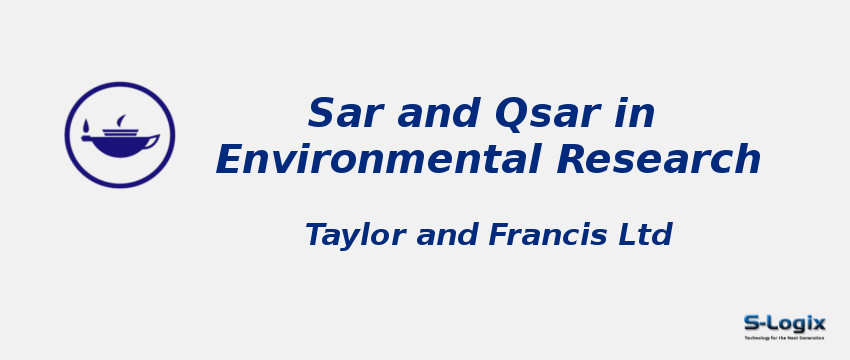Journal Home: Journal Homepage
Editor-in-Chief: James Devillers
Print ISSN: 1062-936X
Electronic ISSN: 1029-046X
Abstracting and Indexing: Science Citation Index Expanded, Scopus.
Imapct Factor 2024: 2.4
Subject Area and Category: Biology, Health Sciences
Publication Frequency: Monthly
H Index: 56
Q1:
Q2:
Q3: Bioengineering
Q4:
Cite Score: 4.2
SNIP: 0.607
Journal Rank(SJR): 0.342
Latest Articles: Latest Articles in Sar and Qsar in Environmental Research
Guidelines for Authors: Sar and Qsar in Environmental Research Author Guidelines
Paper Submissions: Paper Submissions in Sar and Qsar in Environmental Research
Publisher: Taylor & Francis Ltd
Country: United Kingdom
